How to Lose Weight Effectively: The Japanese Diet
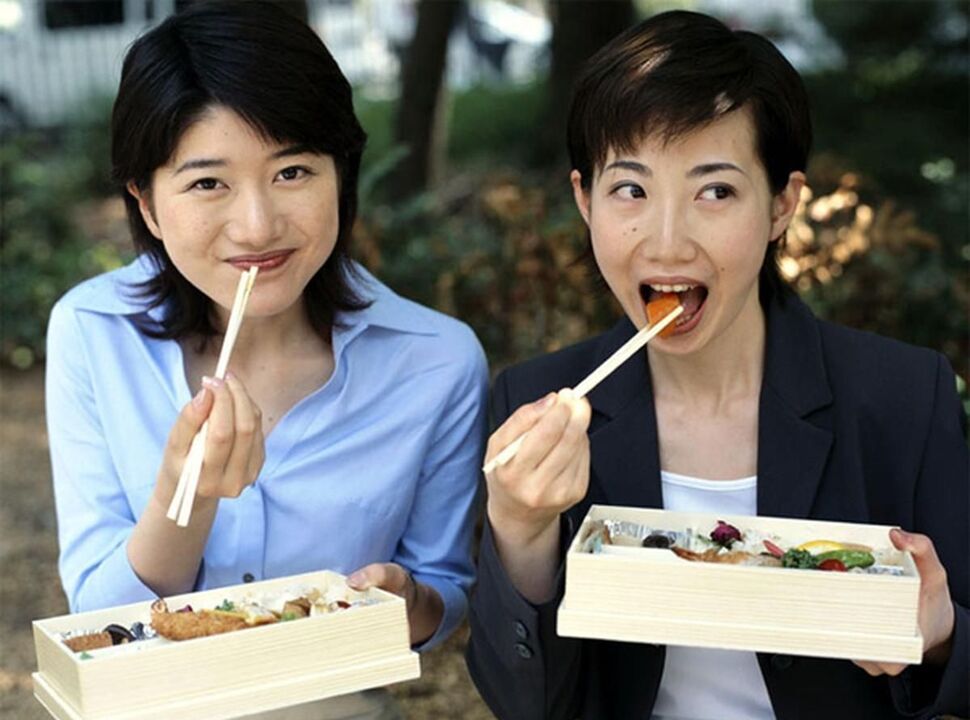
- If you follow all the rules, rapid weight loss is guaranteed;
- Minimized risk of regaining lost weight (followed by balanced nutrition);
- The diet consists of cheap and easily available products;
- It doesn’t take much time to prepare and all the recipes are simple;
- Ideal for athletes who want to keep their bodies dry;
- Some doctors believe that this diet can help lower cholesterol.
You can lose 10-15 kg thanks to the Japanese diet
Who is this diet suitable for?
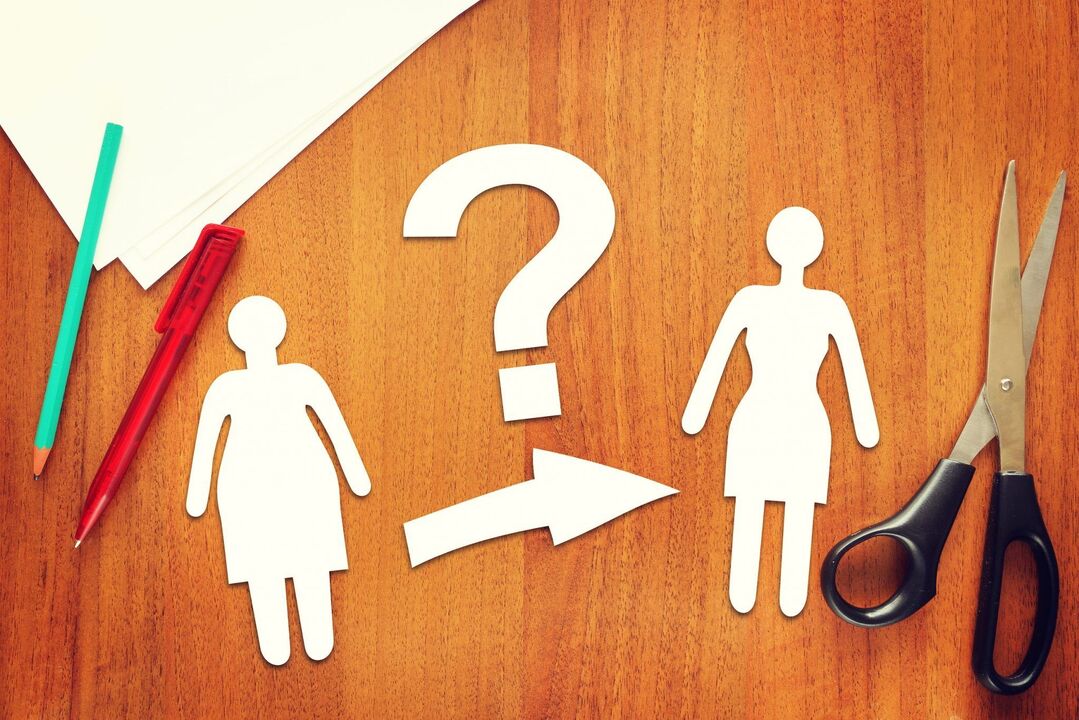
- actually overweight;
- Not used to eating a hearty breakfast;
- Don’t lose motivation and motivation quickly;
- No health problems.
Characteristics and conditions of Japanese food
- Drink at least 2 liters of still water;
- Eliminate alcohol, flour, fats and sweets from the menu;
- Recommended serving size - 200 g;
- No snacks are allowed;
- It is recommended that dishes be freshly prepared;
- It is not recommended to eat sweet fruits;
- Tomato juice should be made without salt.
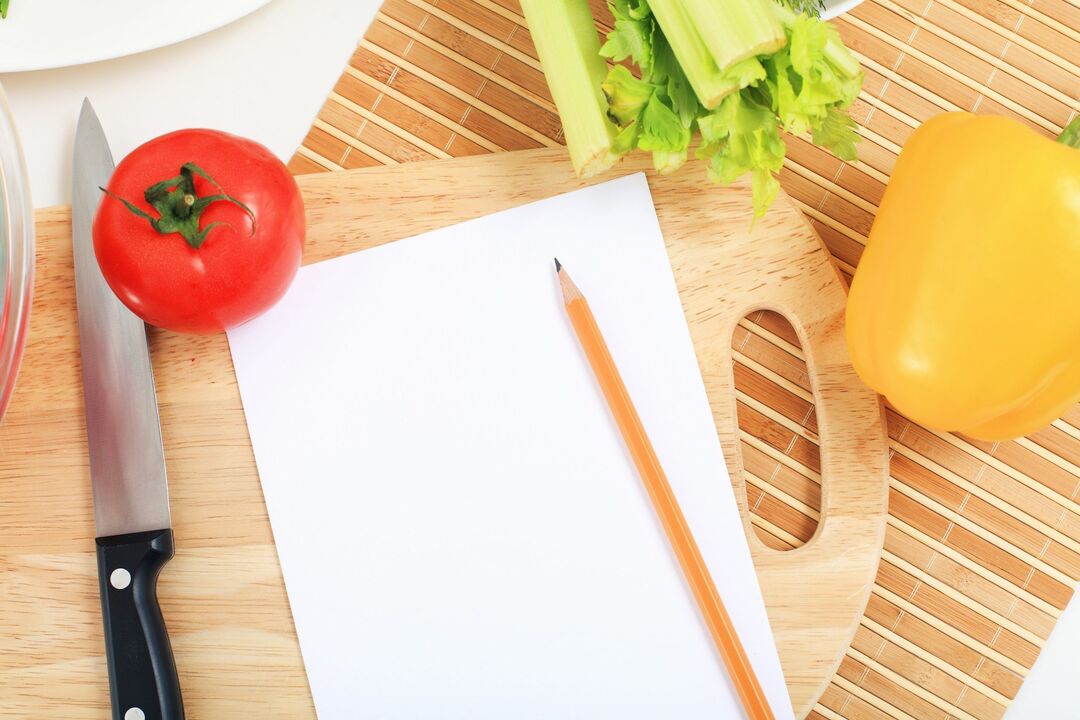
- lean meat;
- fish;
- Egg;
- non-starchy vegetables;
- unrefined sunflower oil;
- tomato juice;
- Low fat kefir.
Japanese dietary taboos
- puberty,
- Pregnant,
- lactation,
- diabetes,
- menopause,
- gastritis,
- hepatitis,
- cholecystitis,

- cholelithiasis,
- hypertension,
- kidney problems,
- neuralgia disease,
- Viral infection,
- inflammatory process,
- stomach problems,
- sexually transmitted diseases,
- AIDS.
Japanese salt-free diet for 14 days. menu table
| sky | eat | plate |
| number 1: | breakfast: | Tea or coffee (without sugar, of course); |
| dinner: | Boiled eggs (2), cabbage salad, seasoned with 1 tsp. Oil; | |
| dinner: | Steamed fish fillets. | |
| number 2: | breakfast: | Tea or coffee + bread; |
| dinner: | Fish fillet + vegetable salad; | |
| dinner: | Steamed beef (up to 100 g), kefir (200 g). | |
| Number three: | breakfast: | tea or coffee, bread; |
| dinner: | Fried zucchini in oil; | |
| dinner: | Eggs (2), beef (up to 200g), cabbage salad. | |
| No 4: | breakfast: | Tea or coffee; |
| dinner: | Boiled carrots, 15-20 grams. Cheese, eggs (raw); | |
| dinner: | apple. | |
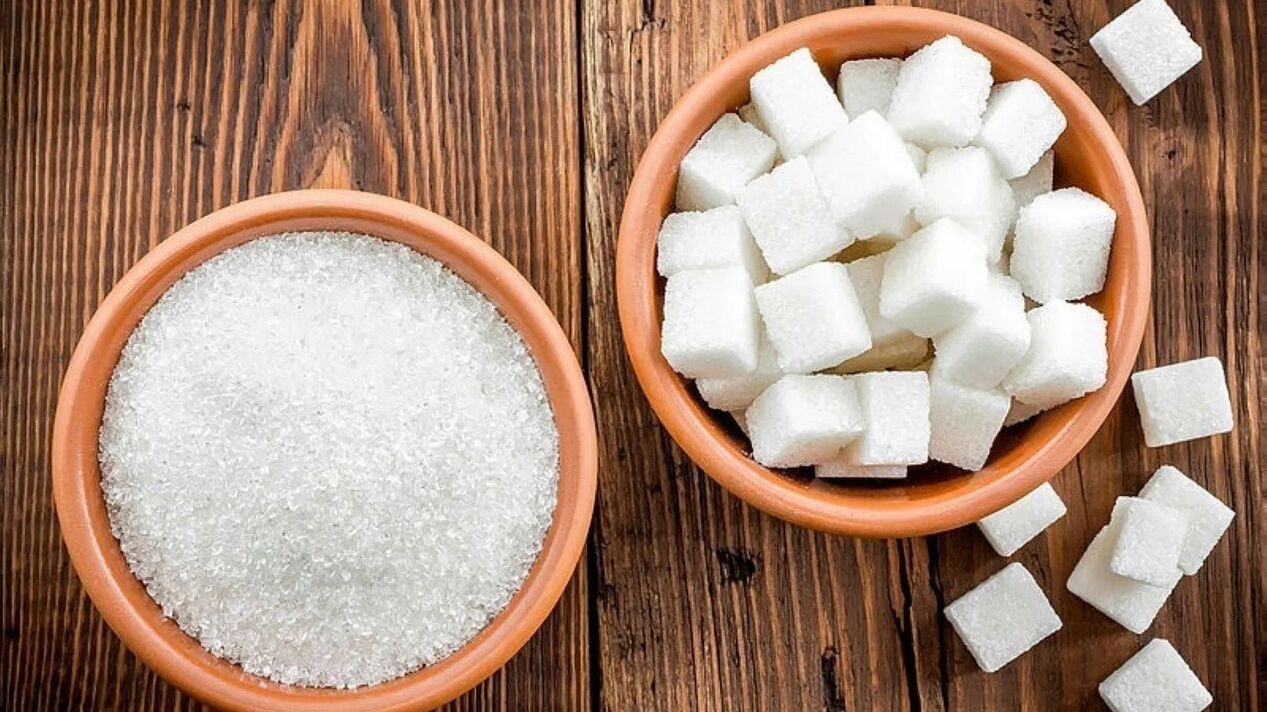 |
||
| Number 5: | breakfast: | grated carrots + lemon juice; |
| dinner: | Tomato juice + fish fillet, | |
| dinner: | Unsweetened fruit. | |
| number 6: | breakfast: | Tea or coffee; |
| dinner: | Boiled chicken (1/2 serving), cabbage or carrot salad; | |
| dinner: | 2 eggs, salad. | |
| Number 7: | breakfast: | Tea; |
| dinner: | steamed veal, big apple; | |
| dinner: | Any changes to dinner, except on the third day. | |
| number 8: | breakfast: | Tea or coffee; |
| dinner: | chicken salad; | |
| dinner: | 1-2 eggs, carrot salad, drizzled with lemon juice. | |
| No. 9: | breakfast: | carrot; |
| dinner: | fish+tomato juice; | |
| dinner: | fruit. | |
| No. 10: | breakfast: | Tea and coffee available; |
| dinner: | Carrots, 15-20 g cheese, raw eggs; | |
| dinner: | 2 unsweetened apples. | |
| number 11: | breakfast: | bread, coffee; |
| dinner: | Sautéed Zucchini; | |
| dinner: | 2 eggs, boiled veal, salad. | |
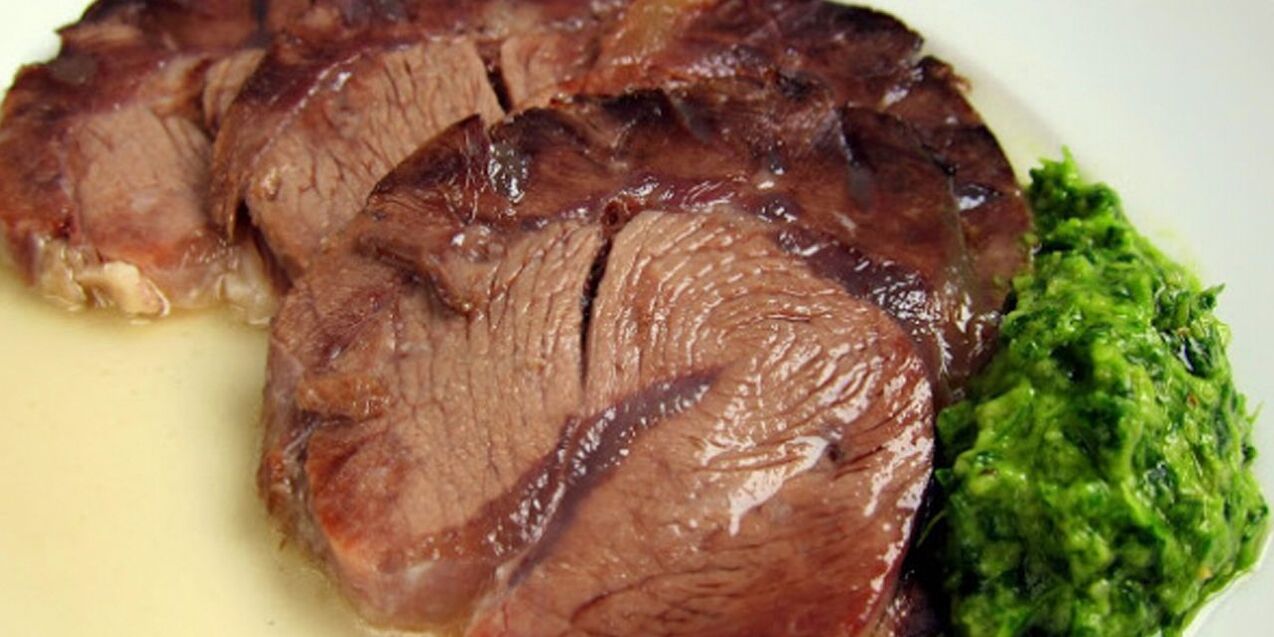 |
||
| 12th: | breakfast: | coffee, bread; |
| dinner: | fish, salad; | |
| dinner: | Beef kefir 120 g | |
| Number 13: | breakfast: | coffee; |
| dinner: | Eggs (2), cabbage salad, tomato juice; | |
| dinner: | fish. | |
| No. 14: | breakfast: | coffee; |
| dinner: | Boiled fish and cabbage; | |
| dinner: | Kefir, 200 g boiled veal. | |
Quit Japanese eating (menu example)
After the diet, you need to eat at least 4-5 times a day for about a week
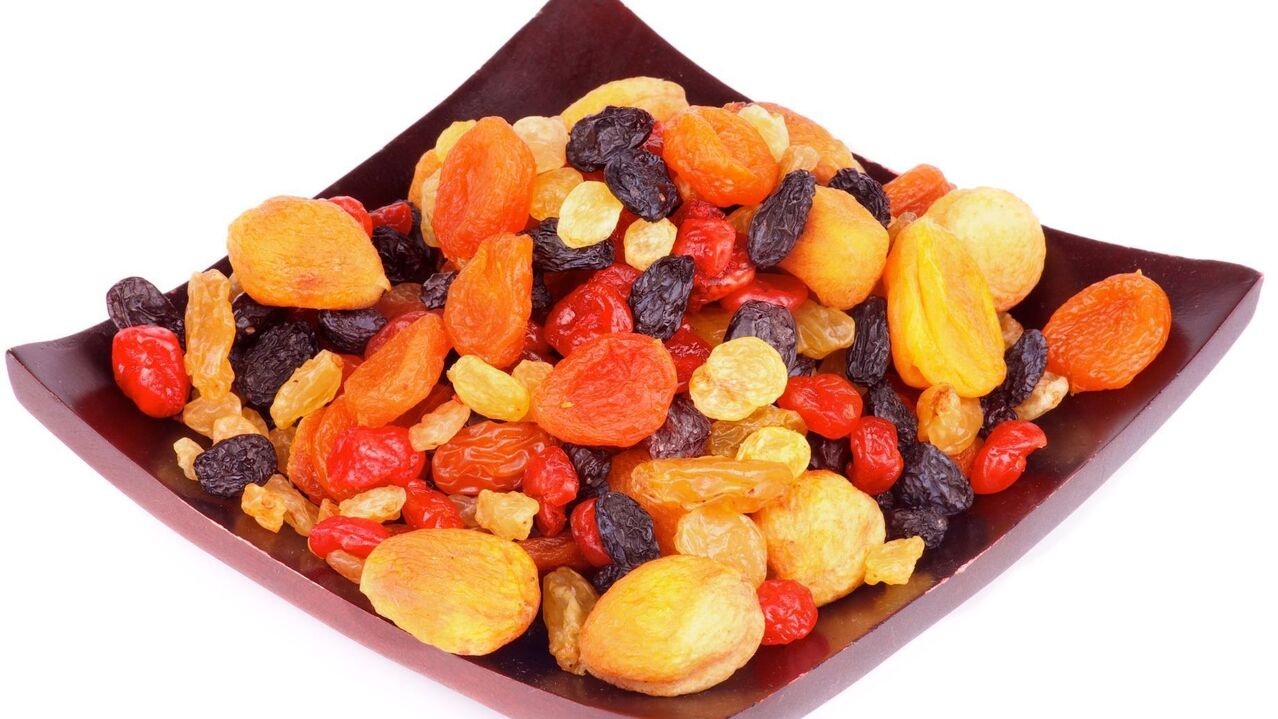
- For breakfast, have a small portion of oatmeal and drink a cup of unsweetened tea;
- It is recommended to snack on dried fruits or 30 grams of nuts;
- For lunch, a small plate of buckwheat or rice + an appropriate amount of dietary meat or fish will suffice;
- Ryazhenka or kefir can be served as an afternoon snack;
- You can have oil-free boiled potatoes for dinner;
- Dinner - a glass of milk.
Can the Japanese diet be extended by one month?
How to replace zucchini in Japanese diet?
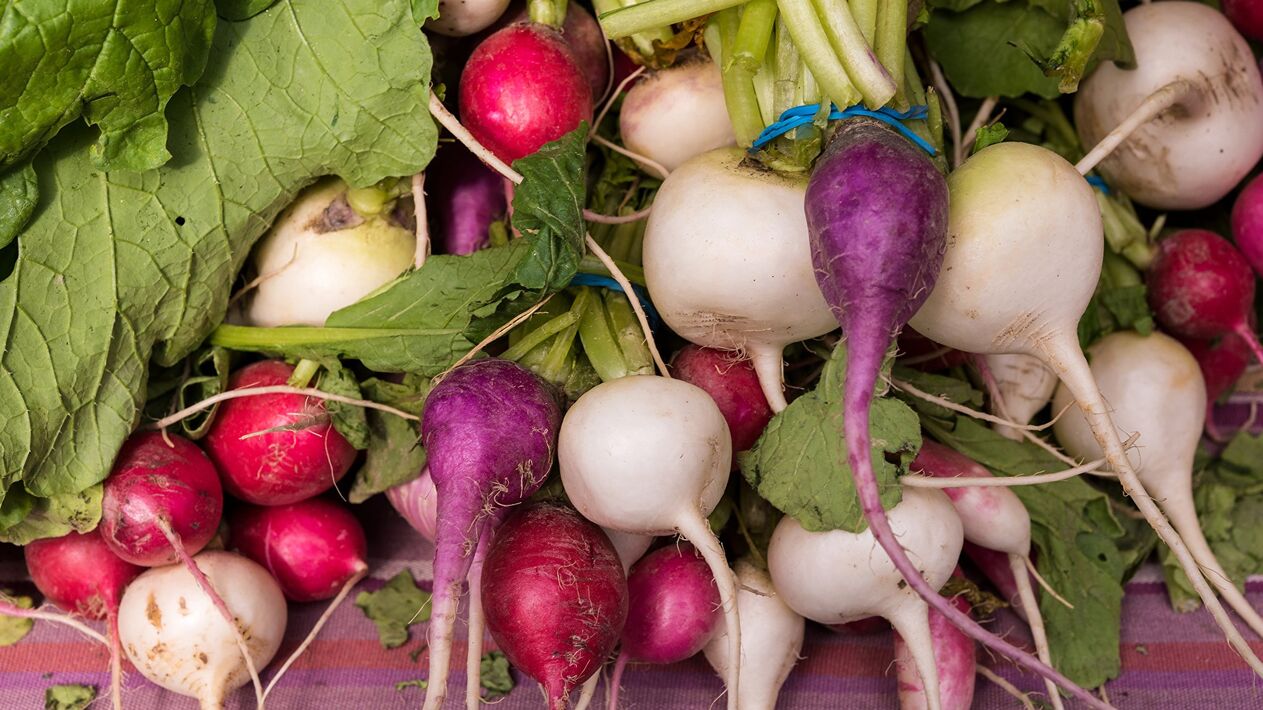
Japanese rice diet method for 13 days (original)
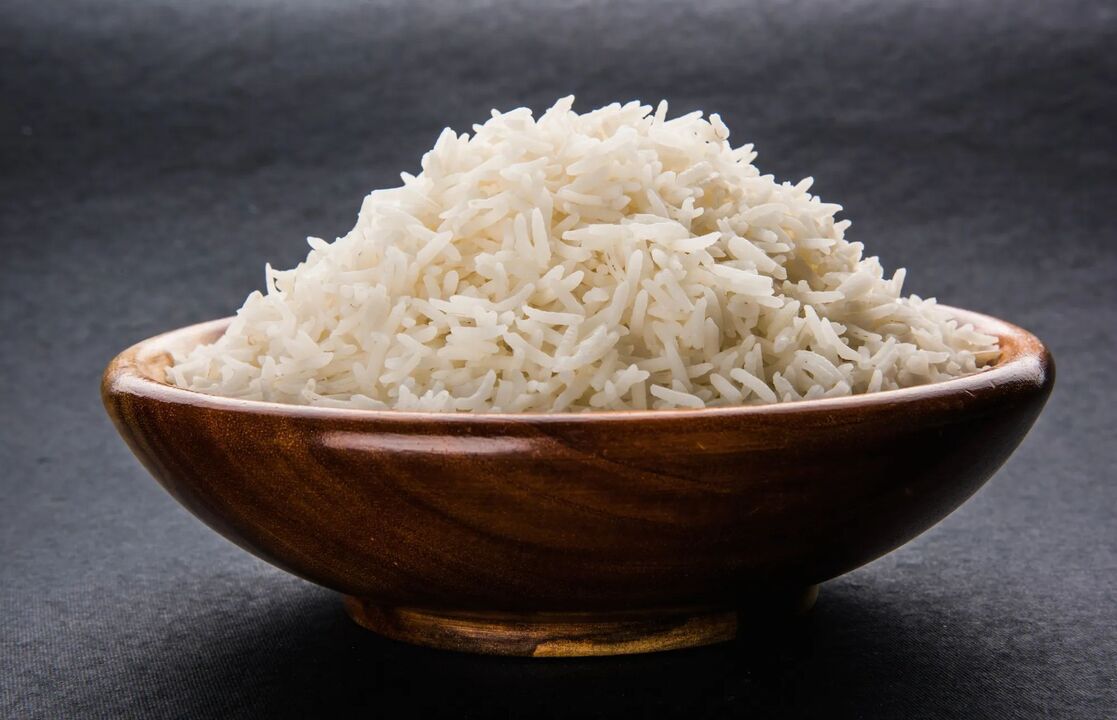
- Pour the rice into the first container and add 100 grams of water;
- Every other day, pour out 1 cup of the contents and add fresh water. Pour the rice into container No. 2 and pour in water;
- On the third day, filter the first and second cups of rice, rinse and add water;
- The next day, pour another portion of rice into glass No. 3 and fill it with water;
- After a day, strain the rice from 3 cups and add the liquid, add the rice to the 4th cup and pour again;
- After the preparation procedure is completed, you need to eat the rice in cup No. 1 (without adding water) on an empty stomach.
- No further food is allowed until 2 hours after eating rice.
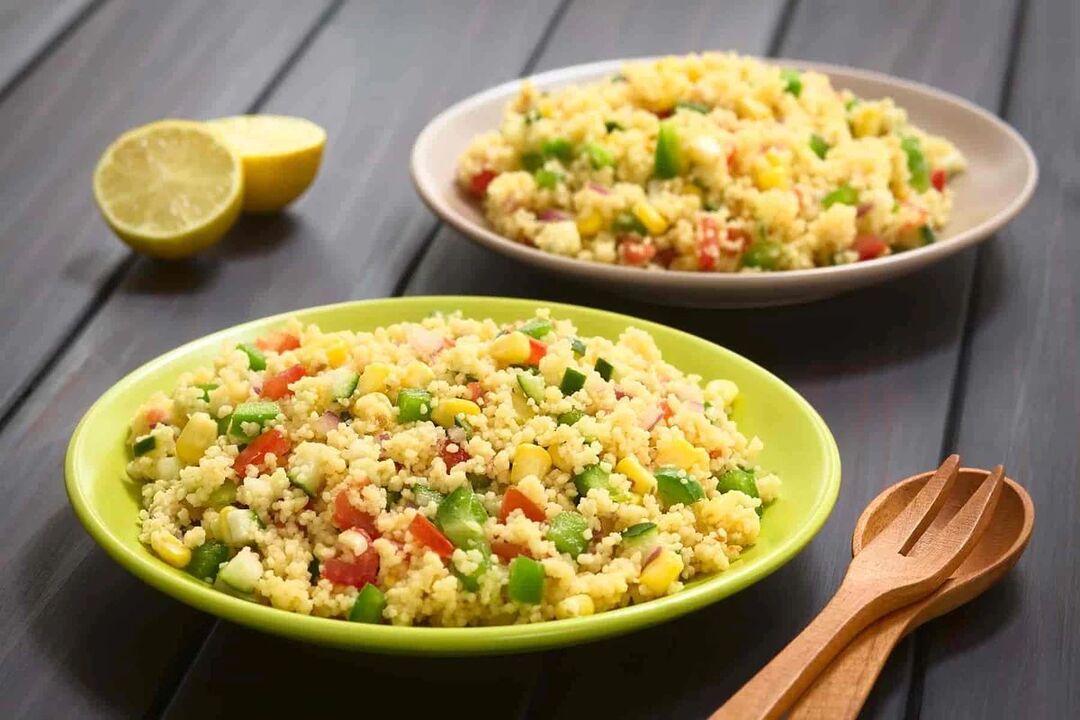
Alcohol is strictly prohibited during this technique!
Japanese 7-day diet (original), sample menu

| number 1 | coffee |
| Boiled eggs, tomato sauce, coleslaw | |
| Grilled or boiled lean fish | |
| number 2 | coffee, dry bread |
| Boiled fish, cabbage and plants. Oil | |
| Beef (150g), kefir | |
| number 3 | coffee+bread |
| zucchini | |
| Beef and Coleslaw | |
| No 4 | coffee |
| Carrots, raw eggs, cheese (up to 20 g) | |
| unsweetened fruit | |
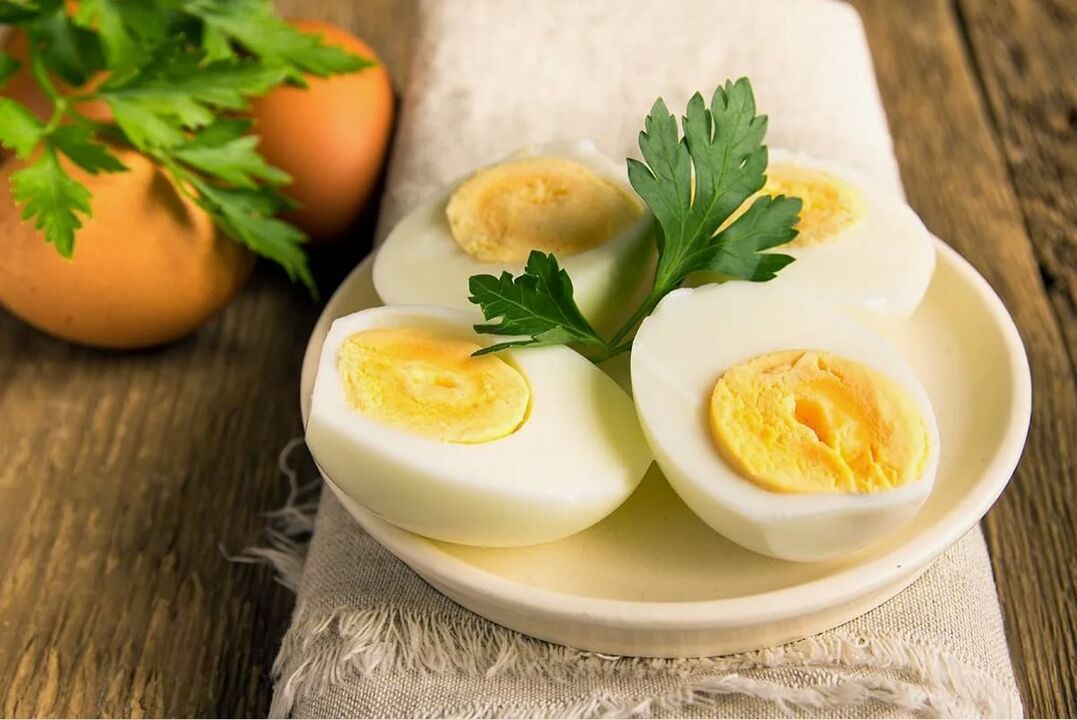 |
|
| Number 5 | carrot and lemon juice |
| Fish+tomato juice | |
| fruit | |
| number 6 | coffee |
| Chicken (max. 500g) + carrot and cabbage salad | |
| Egg + tomato juice or carrot juice | |
| Number 7 | Tea |
| beef, fruit | |
| Any changes to dinner, except on the third day. | |
Japanese Banana Diet
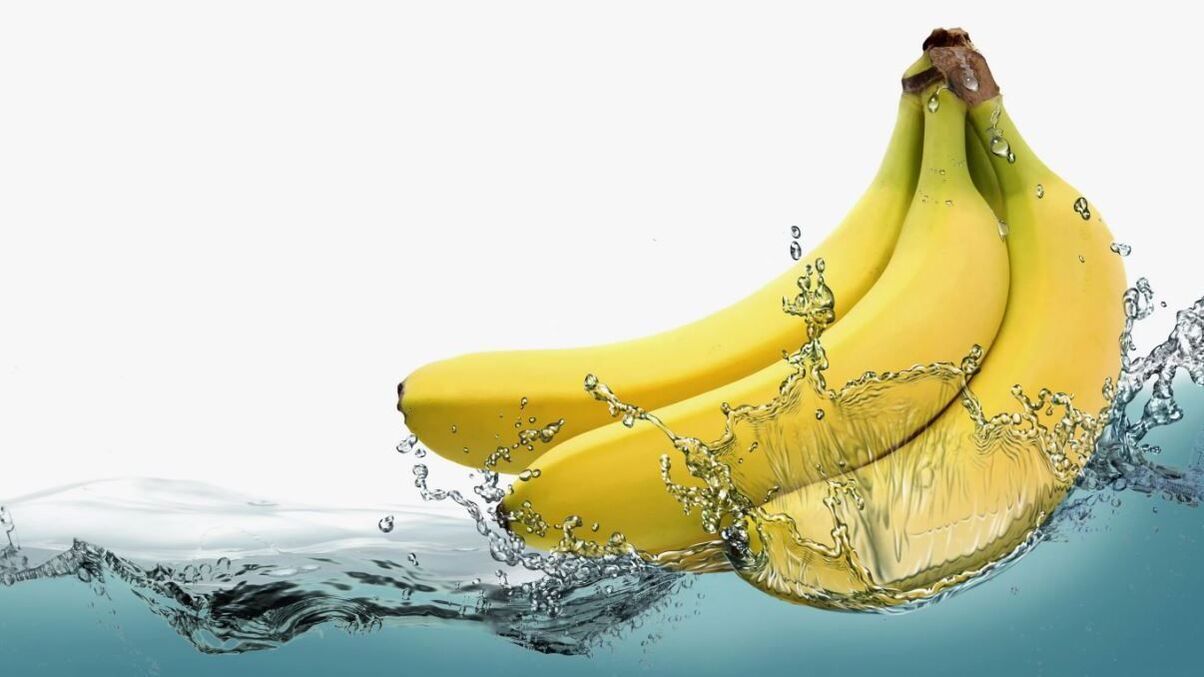
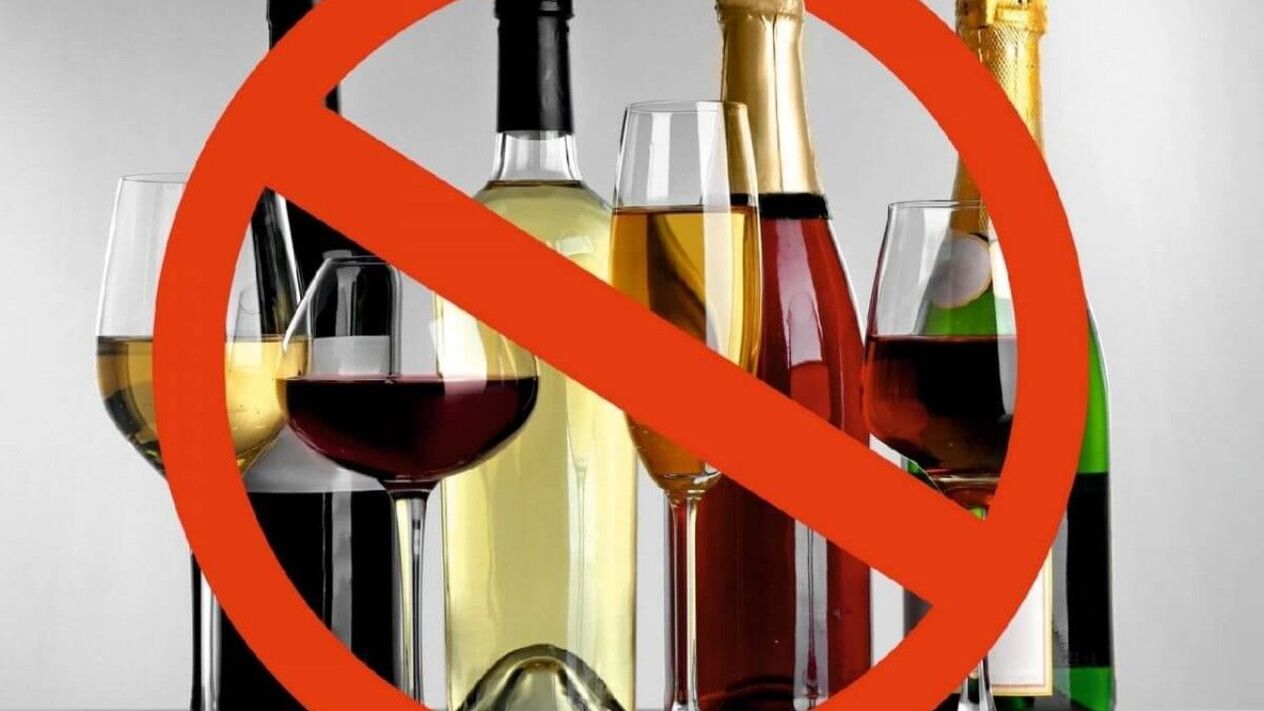
Japanese water diet
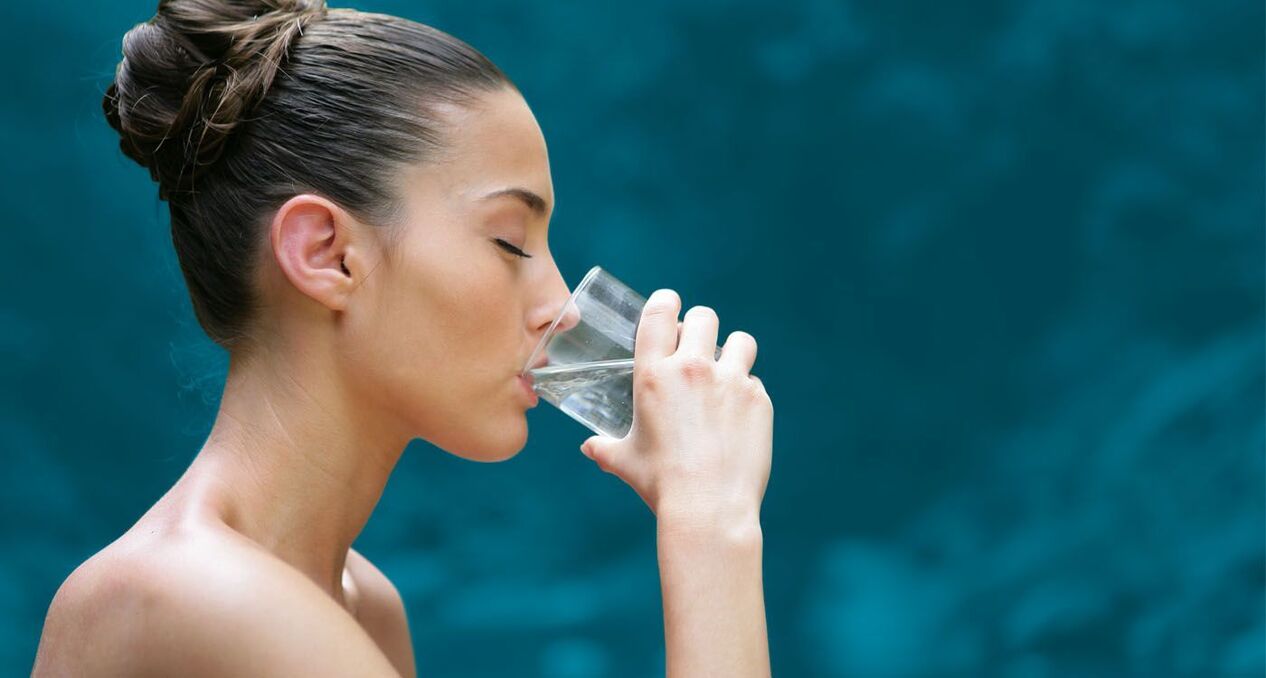
Advantages and Disadvantages of Japanese Diet

Is there a lot of Japanese in the Japanese diet?


















































































